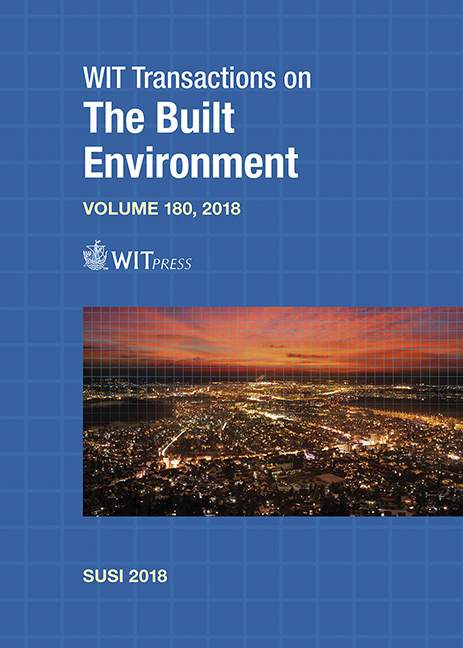SENSITIVITY STUDY OF AIRPLANE IMPACT ON AN UNDERGROUND RADIOACTIVE WASTE-STORAGE BUILDING
Price
Free (open access)
Transaction
Volume
180
Pages
12
Page Range
137 - 148
Published
2018
Paper DOI
10.2495/SUSI180131
Copyright
WIT Press
Author(s)
ANDRII NYKYFORCHYN, MILKO MILOSHEV, MARIN KOSTOV, JENS-UWE KLÜGEL
Abstract
A hypothetical crash of a military aircraft F-4 onto an underground radioactive waste storage was studied. The primary objective was to evaluate the amount of fuel that could penetrate the roof of the building. The dynamic analyses of the impact of the airplane on the RC roof slab covered with asphalt concrete layer were performed with an integral simulation approach. The finite element model of the airplane includes detailed modelling of fuselage, wings, engine and non-structural parts. Fuel is modelled as SPH particles, which allows evaluation of the fuel dispersion and penetration. Sensitivity of the concrete roof damage and fuel penetration on various model and impact parameters is extensively studied. Different material models of concrete, asphalt concrete and aluminium airplane structure were investigated. The effect of the impact location, velocity and angle was studied. The comparison of the analyses with different input parameters showed different sensitivity of the damage degree of the building and the amount of the penetrated fuel. The impact location and the material modelling of the reinforced concrete and airplane structure have a relatively small effect on the fuel penetration. The amount of the penetrated fuel depend strongly on the impact velocity and impact angle. Incorporation of the asphalt concrete layer in the structural model has also a significant impact on the roof damage and the fuel penetration.
Keywords
airplane impact, concrete structure, nuclear facility, smooth particle hydrodynamics





